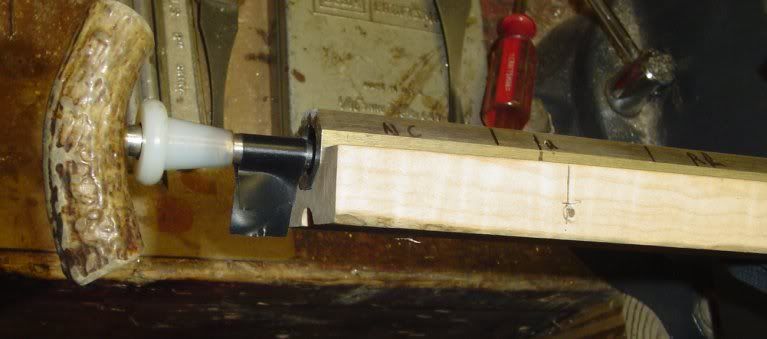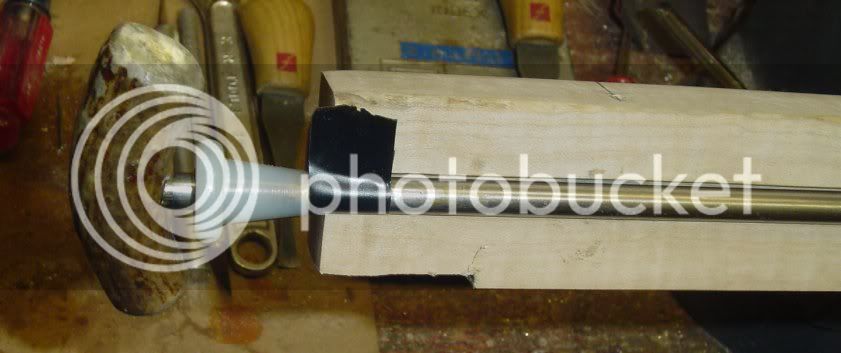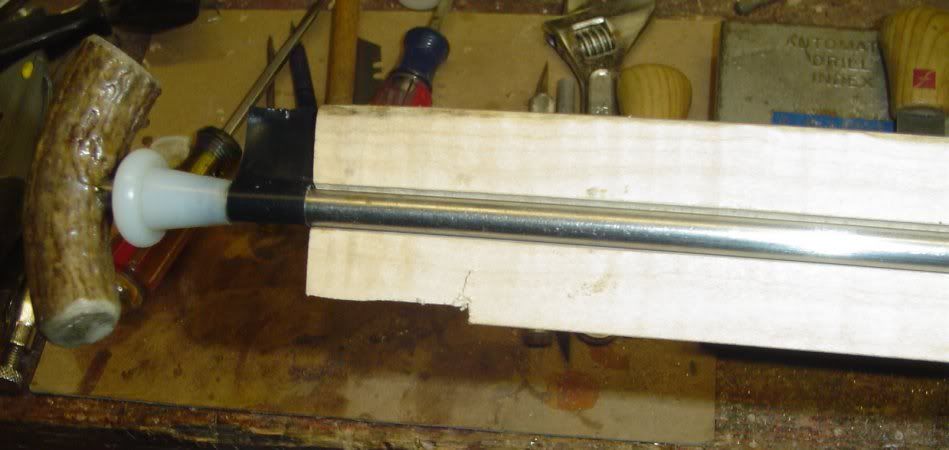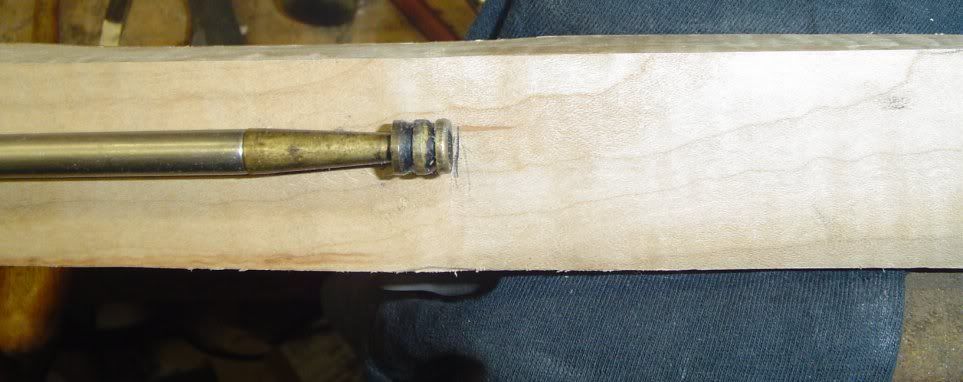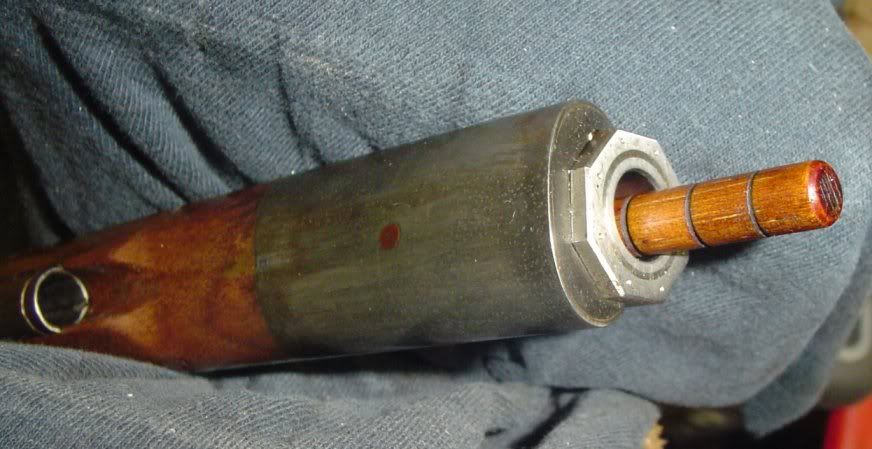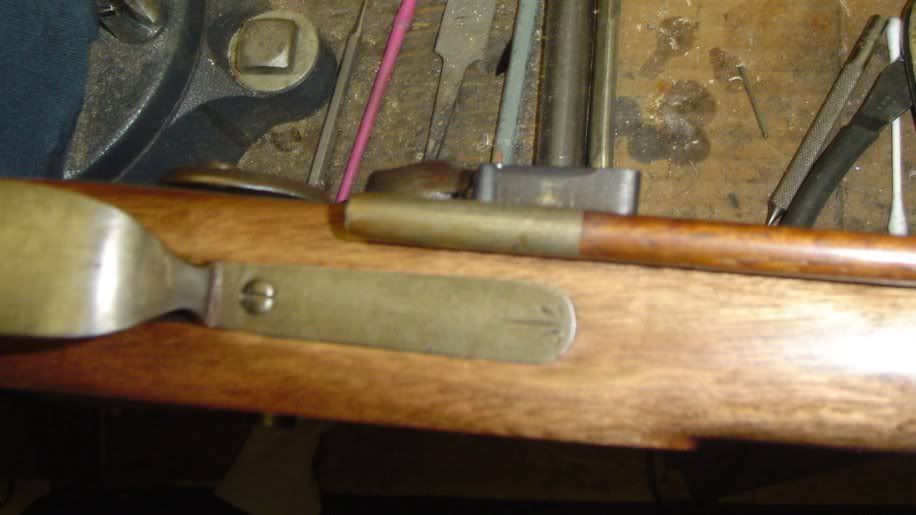Have my Poor boy ready for the trigger guard installation.
I want to use screws to hold it on, But for the life of me can't seem to figure out how a front screw is going to work.
There just isn't enough wood there to get a good bite on a wood screw and if you make it long, it's going to jut into the ramrod hole.
My though was to hard solder or dove tail a block of metal under the barrel, near where the vent hole/liner is going to be.
Then drill and tap it.
What am I missing here
Nomally,
I leave the lug on it and just pin the darn thing.
I want to use screws to hold it on, But for the life of me can't seem to figure out how a front screw is going to work.
There just isn't enough wood there to get a good bite on a wood screw and if you make it long, it's going to jut into the ramrod hole.
My though was to hard solder or dove tail a block of metal under the barrel, near where the vent hole/liner is going to be.
Then drill and tap it.
What am I missing here
Nomally,
I leave the lug on it and just pin the darn thing.






